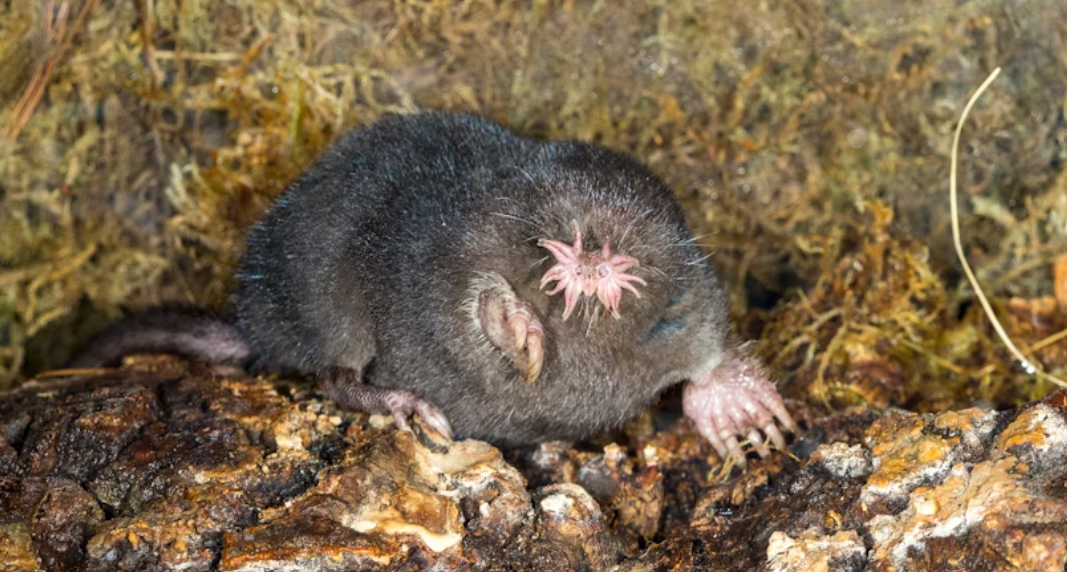
Inverse: The Aliens from A Quiet Place: Day One Most Closely Resemble This Shocking Animal
“This nose is probably the most sensitive touch organ on the planet, for sure for a vertebrate,” says Kevin Campbell, a professor of environmental and evolutionary physiology at the University of Manitoba. To give an idea of just how sensitive this feeling nose is, Campbell says that the star-nosed mole can distinguish three red blood cells in a row from four. Their wriggling face-hand senses things on the micron-level. “It’s just unfathomably touch sensitive,” he says.
These tentacles are covered in structures called Eimer’s organs. An Eimer’s organ is “kind of a dome shaped structure with a little pit in the middle,” Campbell says. He estimates there’s between one and two thousand of them per tentacle, and each one has multiple touch receptors. This mole’s nose has more than five times as many touch receptors as the human hand. This equipment is highly nuanced. The 20 outer appendages search for food while 2 smaller ones directly above the mouth assess whether something might be edible.
To read the full article, please visit Inverse.com






